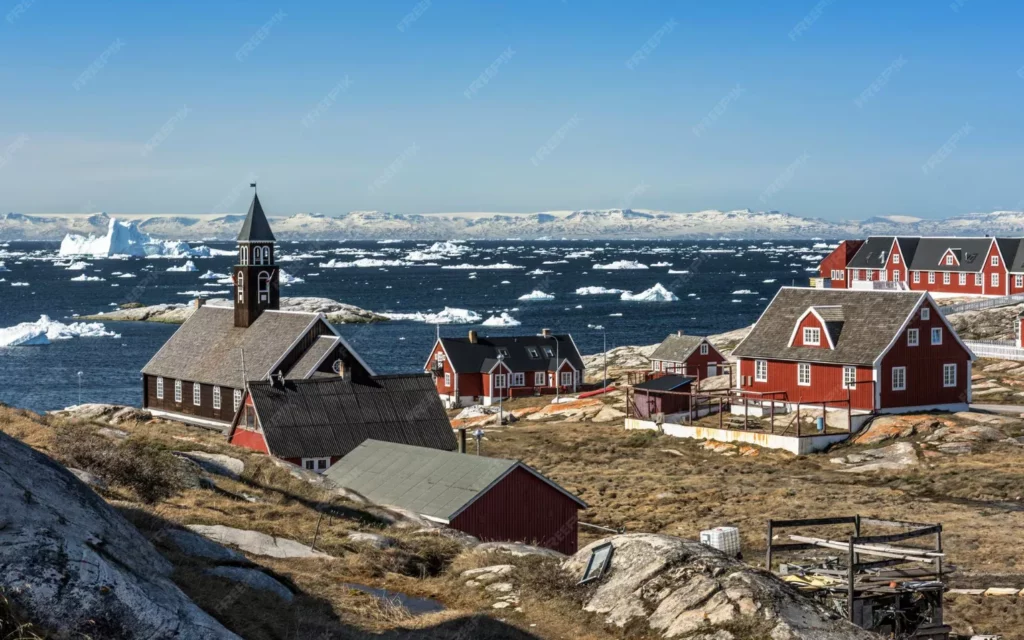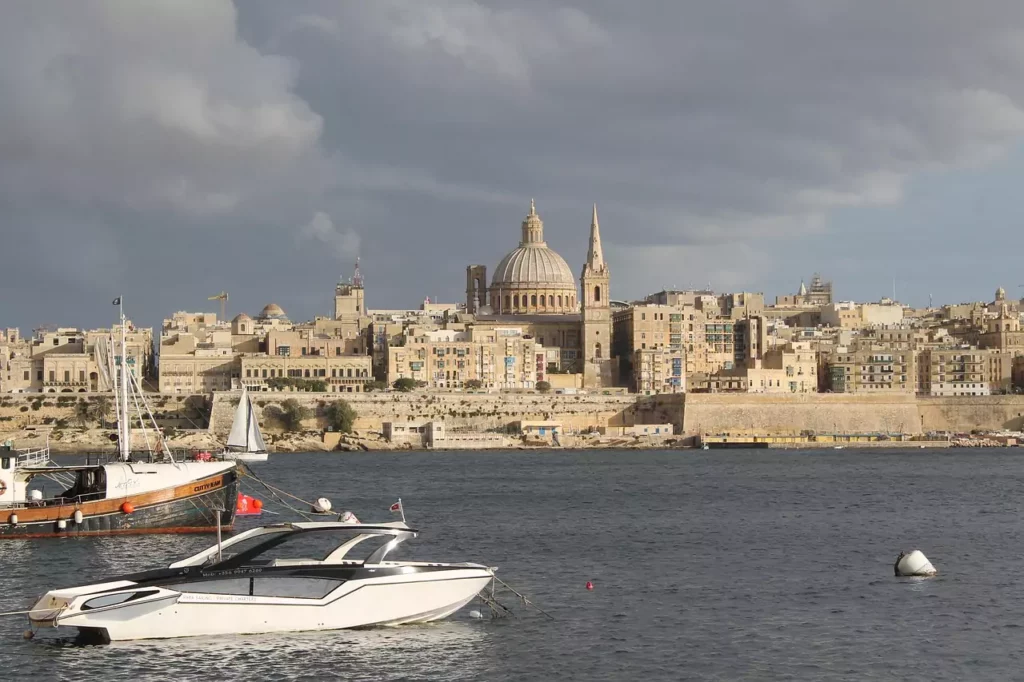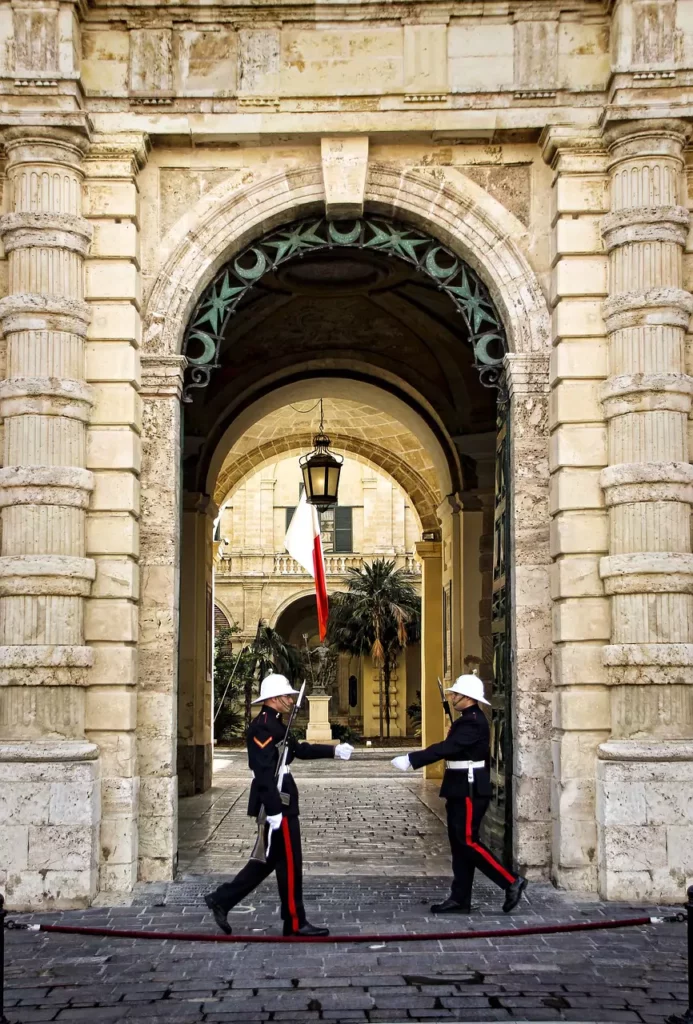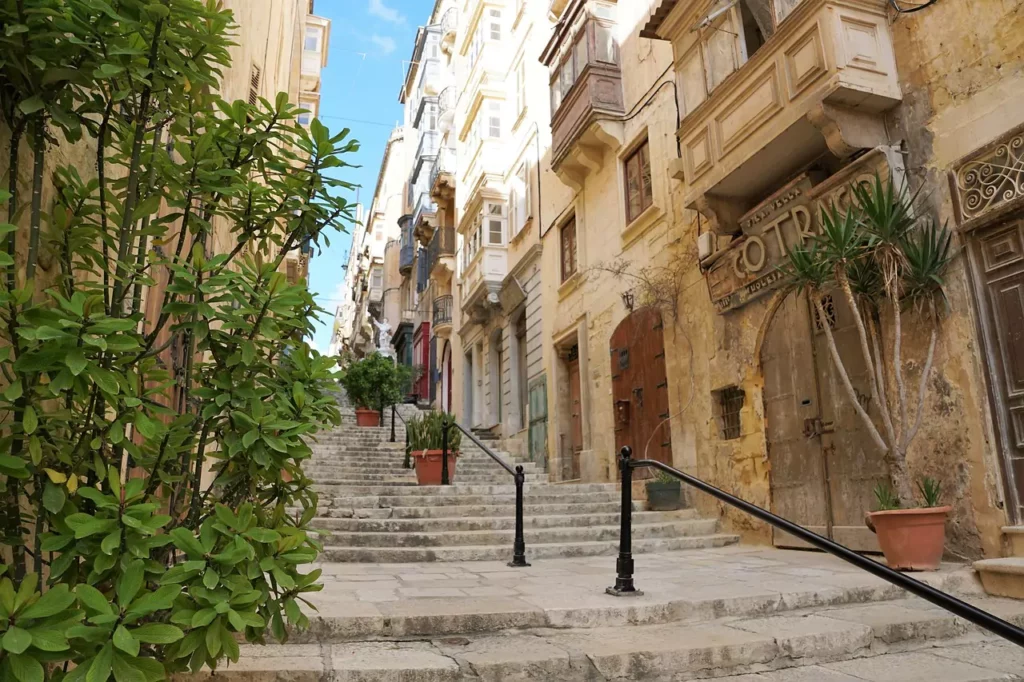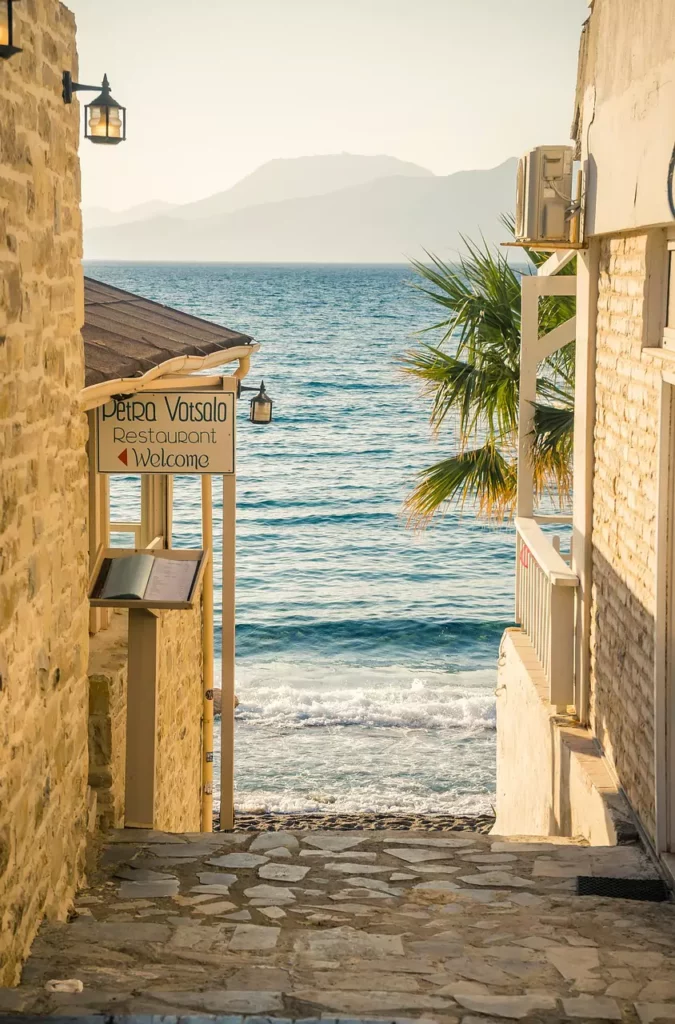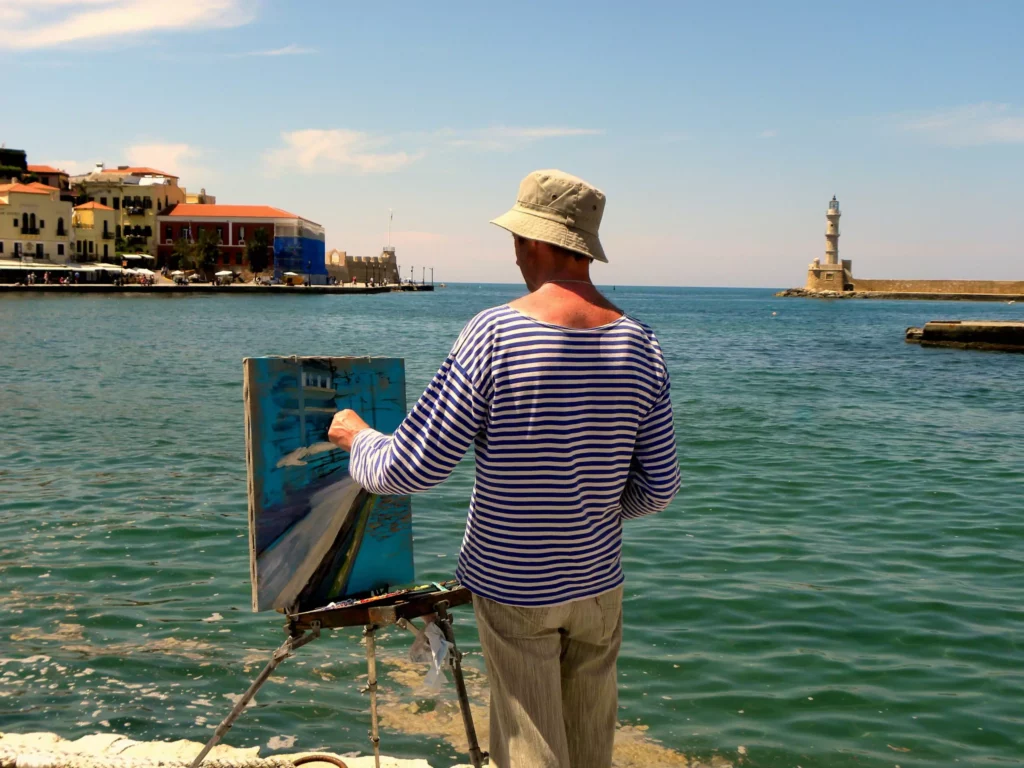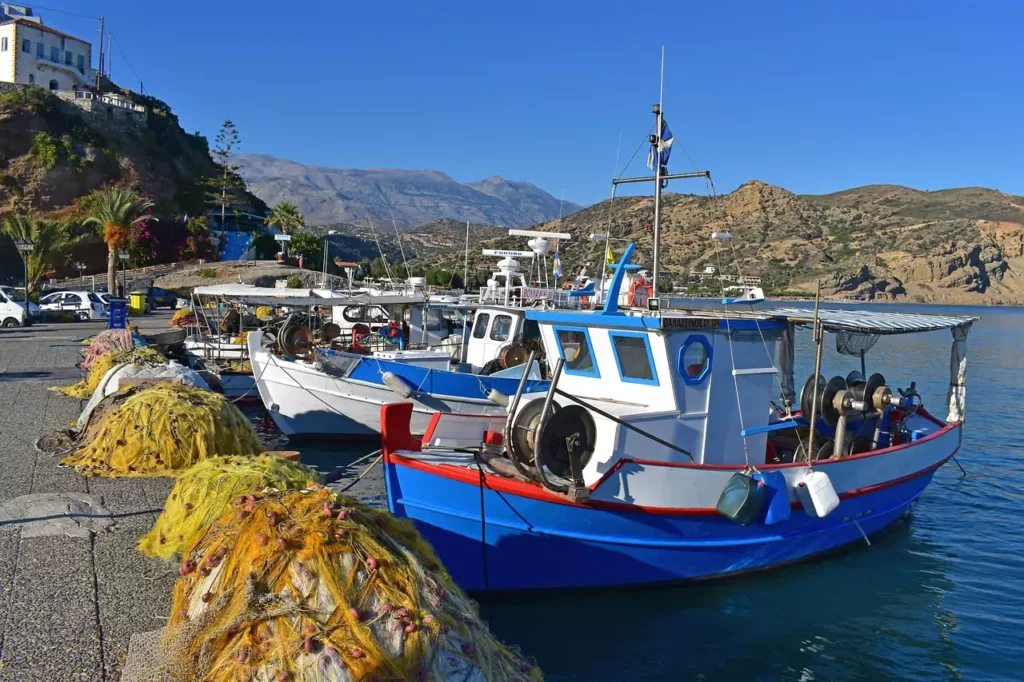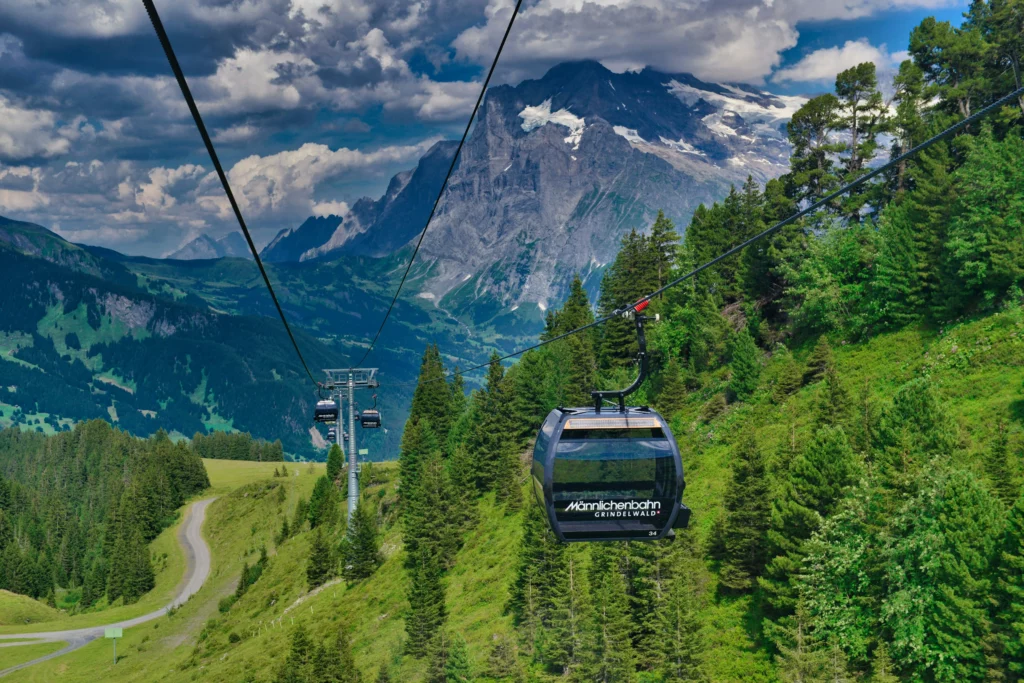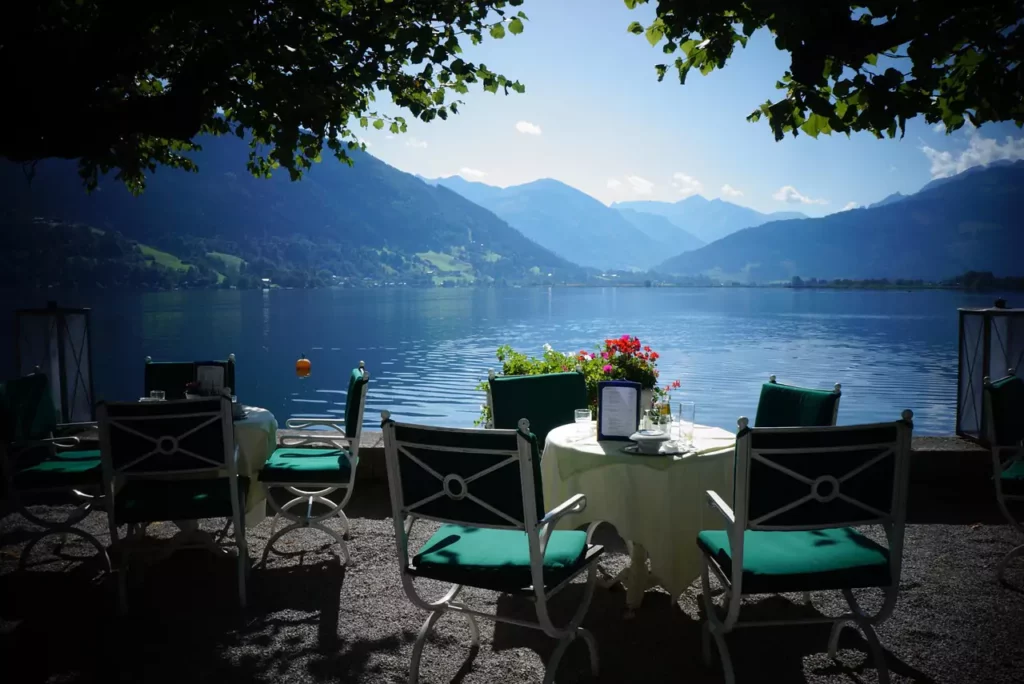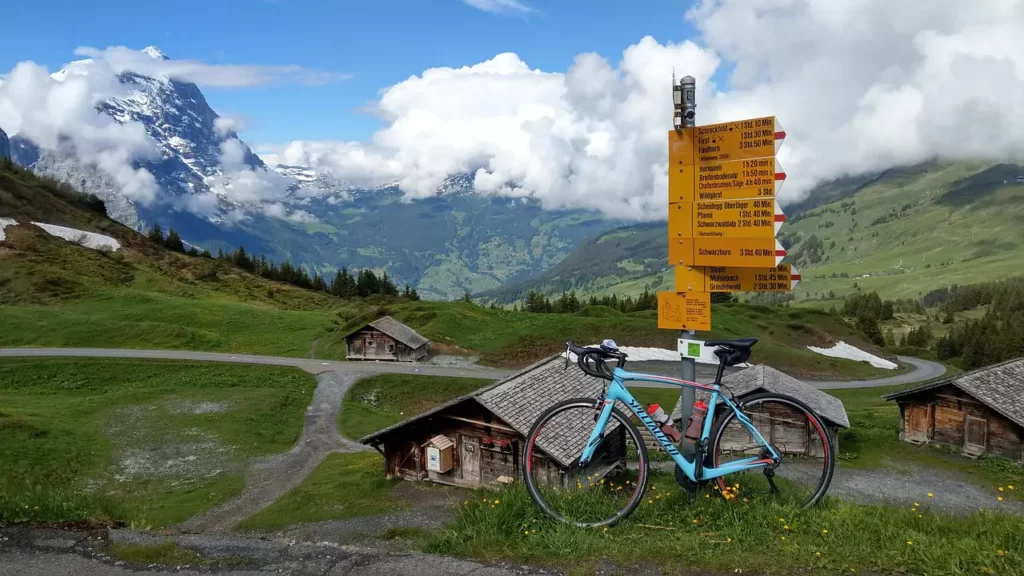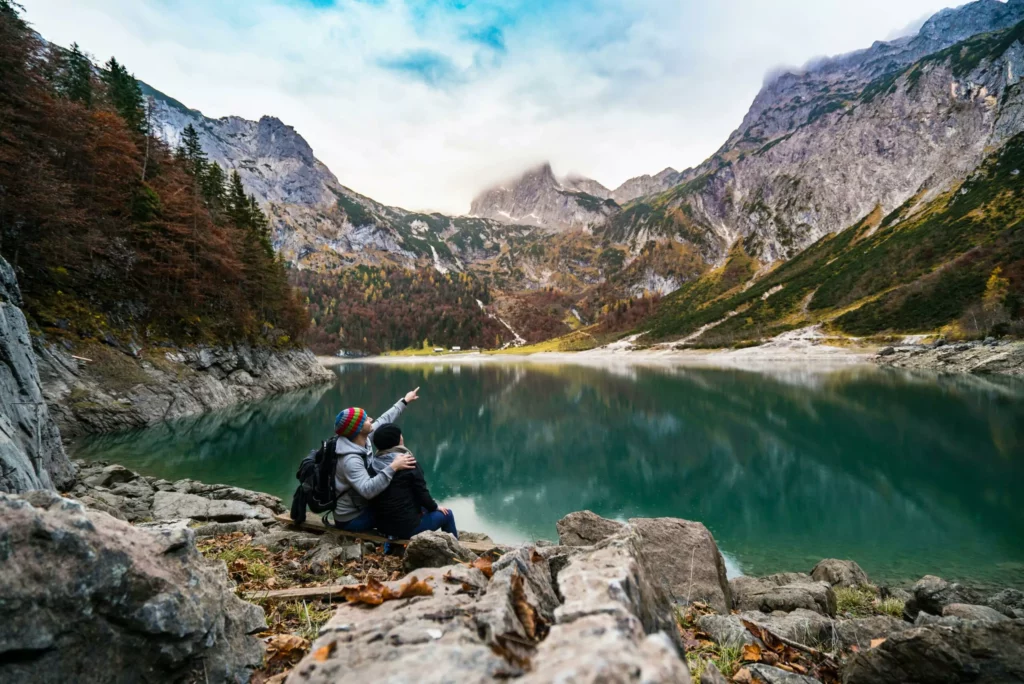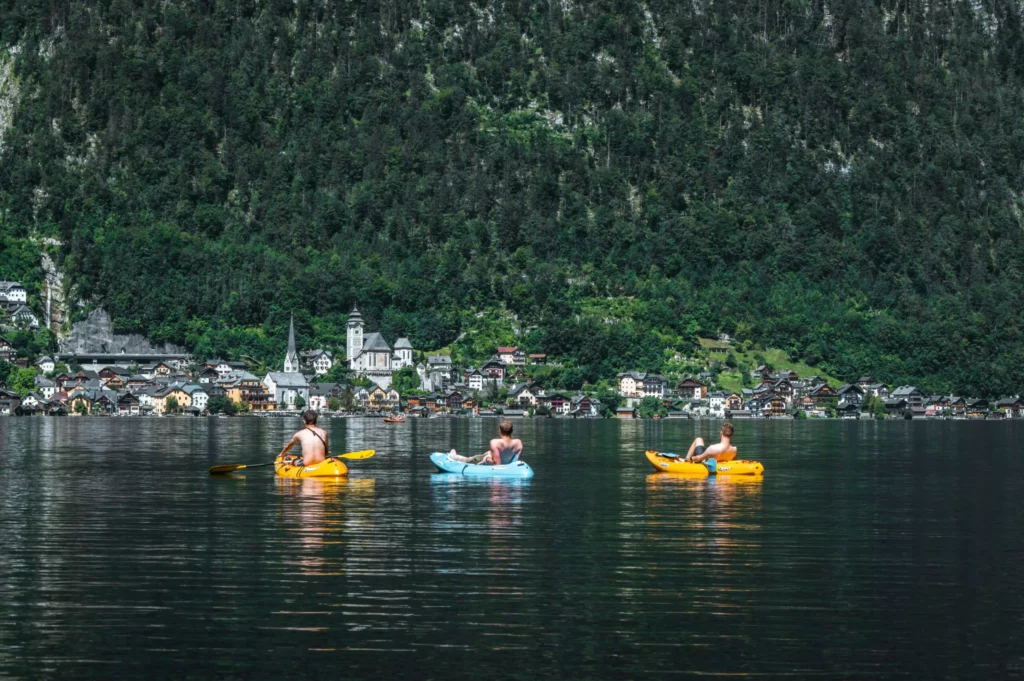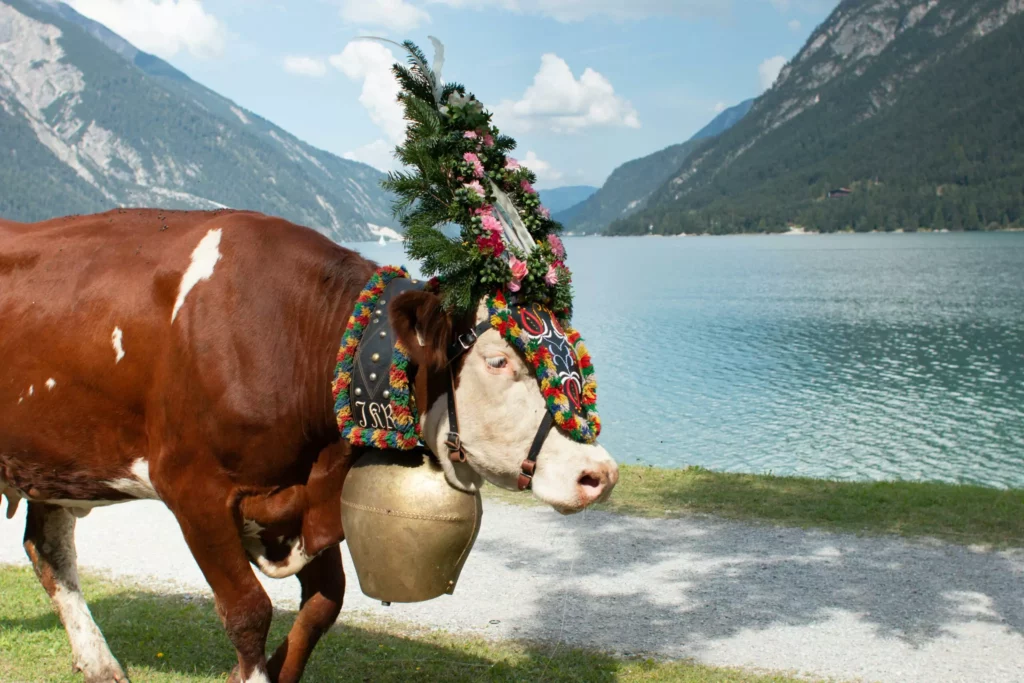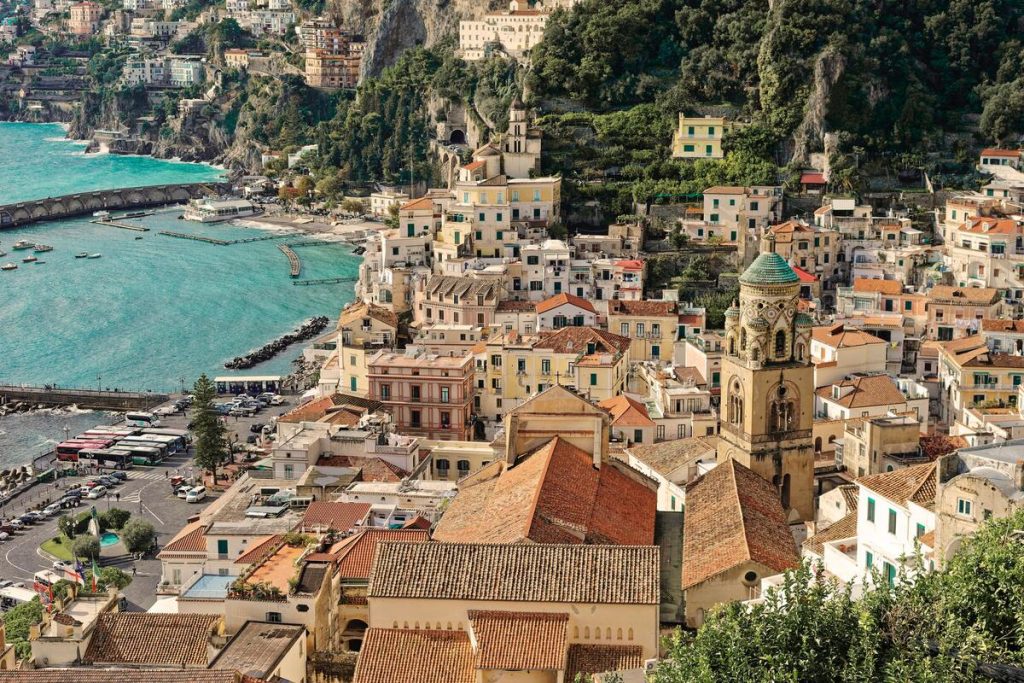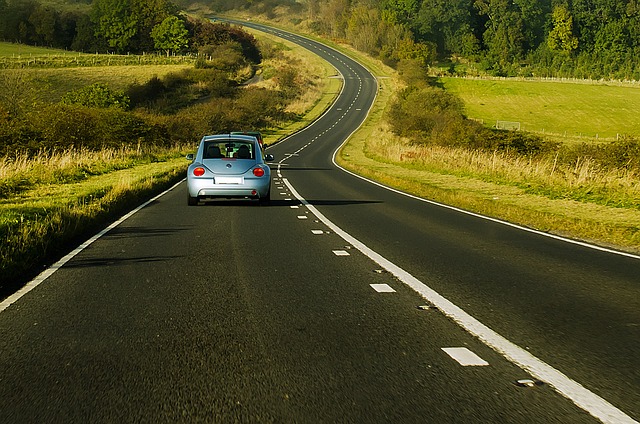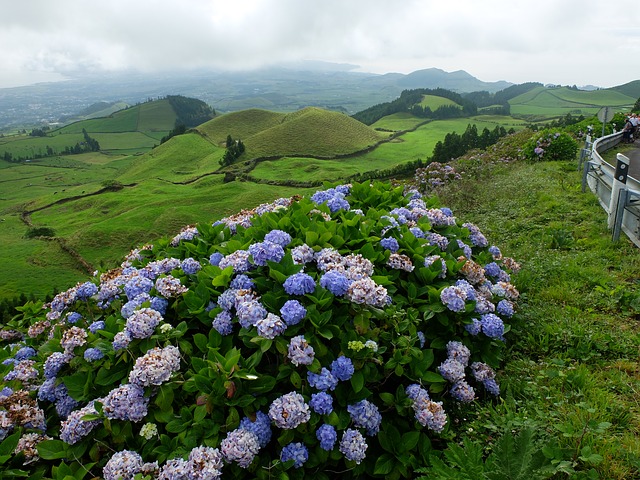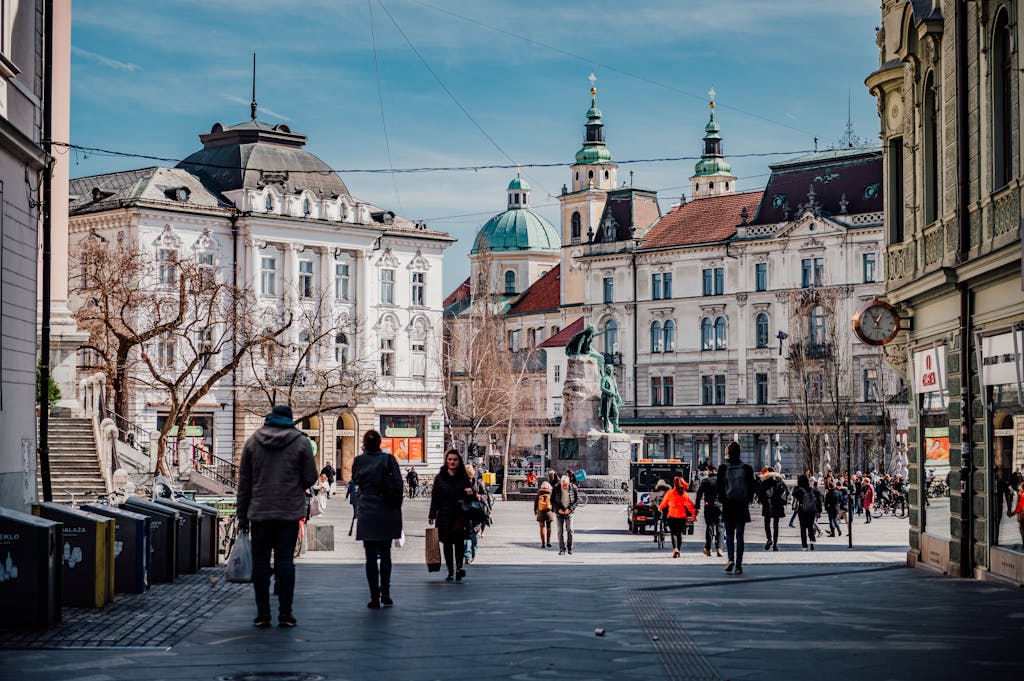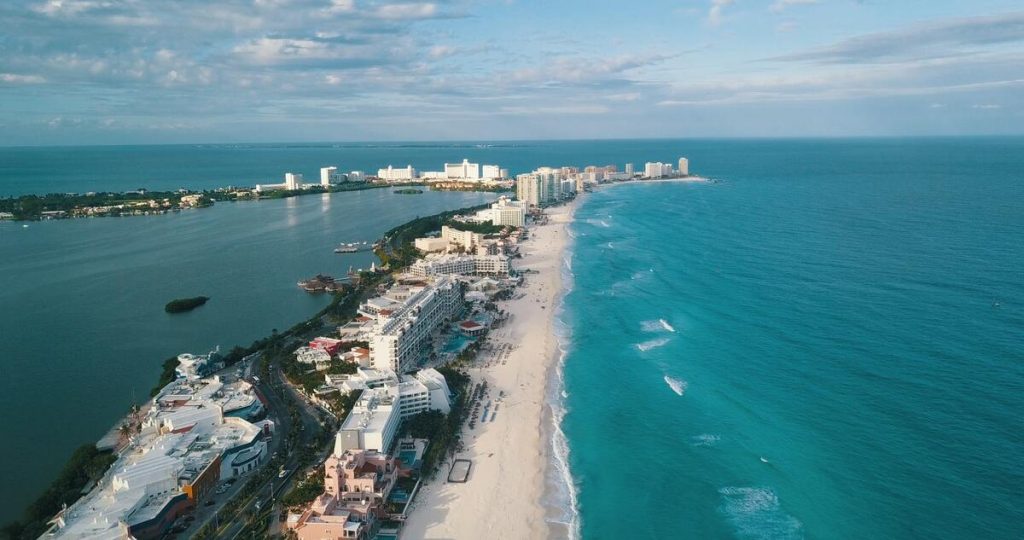Where time stands still and the sea never sleeps.
Just an hour west of Tromsø, lies Sommarøy, an Arctic island escape Norway. A scatter of islands linked by slender bridges, white-sand coves, and Arctic-blue water that glows under the midnight sun. Life here moves in rhythm with the tides, unhurried, salt-streaked, and free.
Why visit Sommarøy? Because this is what an Arctic island escape in Norway feels like bright white sand, turquoise water, and endless light. A place where you can breathe deeply, slow down, and watch time dissolve into sea and sky.
The Feel
Sommarøy is small. It’s the kind of place where you can hear the wind shift, where locals leave their doors unlocked, and where the line between day and night blurs in summer light. The island once proposed to become the world’s first “time-free zone” not as a stunt, but as a reflection of how life already feels here. When you’re surrounded by endless light, the clock loses meaning.
What to Do
Hike Ørnfløya: a gentle climb with vast views across turquoise shallows and tiny islets. Bring a thermos and sit at the top watching fishing boats drift below.
Walk across the bridges: connecting Sommarøy, Hillesøya, and smaller skerries, every turn feels like a new painting.
Swim or don’t swim: the water looks tropical but stays Arctic-cold. Most people wade in, take a breath, and laugh.
Sauna & sea plunge: the Sommarøy Arctic Hotel has a glass-front sauna right on the water. Jump straight into the sea, then back to warmth.
Stay up late: or don’t sleep at all. The midnight sun turns the sea silver and the horizon gold.
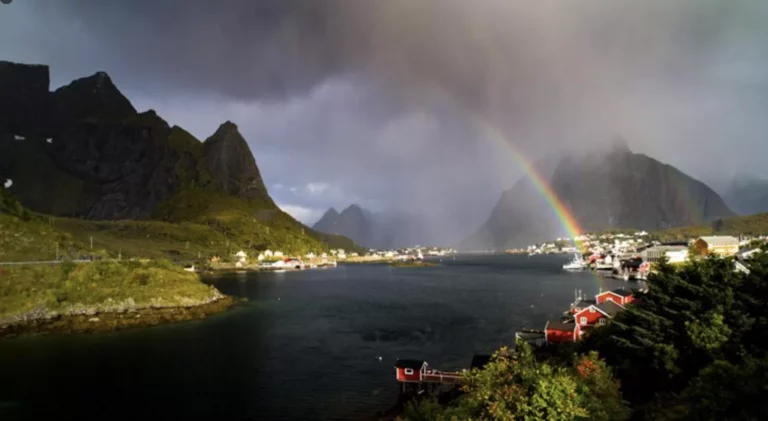
When to Go
-
May to July: Midnight Sun, wildflowers, long days that never end.
-
September to March: Northern Lights, crisp air, and cozy light inside every window.
-
April & August: shoulder seasons with fewer people and soft light.
Getting There
Fly to Tromsø (TOS) and rent a car. From the city, drive about one hour west through fjords, reindeer pastures, and quiet fishing villages. The road itself feels like part of the experience.
Where to Stay
Sommarøy Arctic Hotel, minimalist Nordic interiors, wide sea views, and everything within walking distance. Ask for a room facing the sunset or a cabin near the water.
For a more local feel, there are a few simple guesthouses and rorbuer (fishermen’s cabins) scattered across the island.
Wanderlab Notes
-
Layers are everything. Even in July, wind carries the chill of the Arctic Sea.
-
Don’t plan too much. The magic here lives between plans, the slow walks, the light, the silence.
-
Bring snacks, a notebook, and no expectations.
-
If you’re lucky, you’ll leave with salt on your skin and no sense of what time it is.
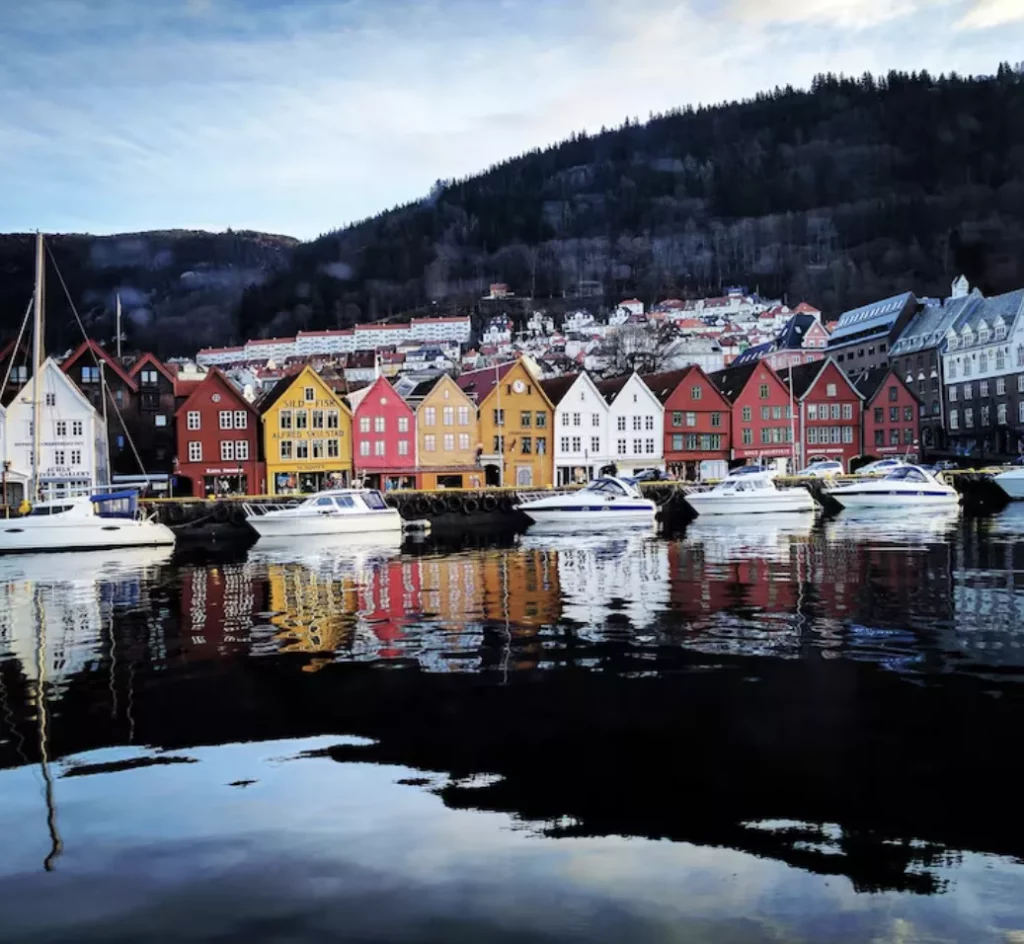
Hike to Ørnfløya for a 360° view of turquoise seas.
Walk the bridges between islets at midnight.
Warm up in a sauna, then jump straight into the Arctic.
Do nothing. Watch the light change. That’s the point.
May–July: endless daylight and glowing skies.
September–March: Northern Lights and quiet snow.
April & August: peaceful, balanced, and soft.
Timeless.
If you’re brave. The water looks tropical but stays Arctic cold. Most people laugh, scream, and run back to the sauna.


